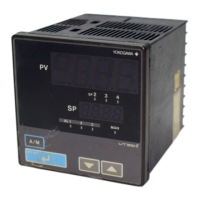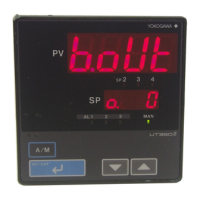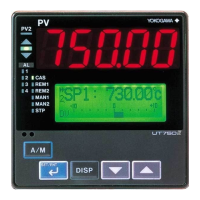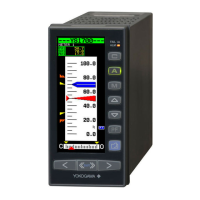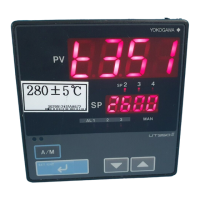<4. Control Application Creation>
4.3 Principles of Application Creation
In previous sections, we discussed task settings and selection of
programming language in Logic Designer.
This section discusses some principles for good application creation.
4.3.1 Principles of Application Creation
When creating a function in Logic Designer, consider different techniques but select
an appropriate language and creating a simple application are the two principles that
should be adhered to.
● Select a Suitable Language
Select a programming language suited for creating application according to the
selection criteria for programming language described in Section 8.4, “Criteria for
Selecting Programming Languages in Logic Designer” of Chapter 8, “Detailed
Description.”
Using a programming language not suited for an application leads to complicated
logic, with greater likelihood of bugs.
● Simple Application
Creating an application that is easy-to-understand simplifies logic checking at the
time of application creation. It increases the accuracy of desk debugging, and
reduces the number of bugs during application creation.
Moreover, a simple application is not only easily understood by the developer
himself but also by other engineers. For ease of future job handover to other
engineers as the development team grows, it is important to create simple
applications that are easy-to-understand.
4.3.2 Example of a Simple Application
We discuss the concept of simple application with a concrete example below.
● Segmentation of Code Worksheet
Logic Designer allows more than one code worksheet to be created within one
logical POU.
Exploit this feature by segmenting logic to be created by function and creating one
code worksheet for each function. Doing so yields simple worksheets and clear
worksheet segmentation by function.

